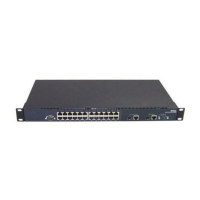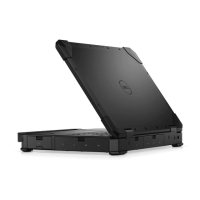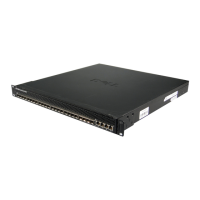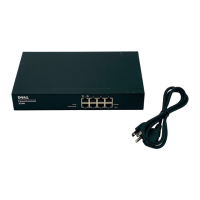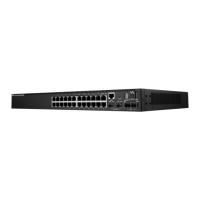262 Configuring Switch Information
Port Based Authentication
Port based authentication enables authenticating system users on a per-port basis via an external server.
Only authenticated and approved system users can transmit and receive data. Ports are authenticated via
the RADIUS server using the Extensible Authentication Protocol (EAP). Port Authentication includes:
•
Authenticators
— Specifies the device port which is authenticated before permitting system access.
•
Supplicants
— Specifies host connected to the authenticated port requesting to access the system
services.
•
Authentication Server
— Specifies the external server, for example, the RADIUS server that performs
the authentication on behalf of the authenticator, and indicates whether the supplicant is authorized
to access system services.
Port based authentication creates two access states:
•
Controlled Access
— Permits communication between the supplicant and the system, if the
supplicant is authorized.
•
Uncontrolled Access
— Permits uncontrolled communication regardless of the port state.
The device currently supports Port Based Authentication via RADIUS servers.
MAC Based Authentication
MAC based authentication is an alternative to 802.1x that allows allows network access to devices
(such as printers and IP phones) that do not have the 802.1X supplicant capability. MAC authentication
uses the MAC address of the connecting device to grant or deny network access.
Advanced Port Based Authentication
Advanced Port Based Authentication:
• Enables multiple hosts to be attached to a single port.
• Requires only one host to be authorized for all hosts to have system access. If the port is unauthorized,
all attached hosts are denied access to the network.
• Enables user based authentication. Specific VLANs in the device are always available, even if specific
ports attached to the VLAN are unauthorized.
– For example, Voice over IP does not require authentication, while data traffic requires
authentication. VLANs for which authorization is not required can be defined. Unauthenticated
VLANs are available to users, even if the ports attached to the VLAN are defined as authorized.
Advanced Port Based Authentication is implemented in the following modes:
•
Single Host Mode
— Enables only the authorized host for single-session access to the port.
•
Multiple Host Mode
— Enables multiple hosts to be attached to a single port, for single-session
access. Only one host must be authorized for all hosts to access the network. If the host authentication
fails or an EAPOL-logoff message is received, all attached clients are denied network access.
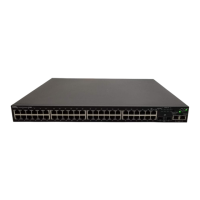
